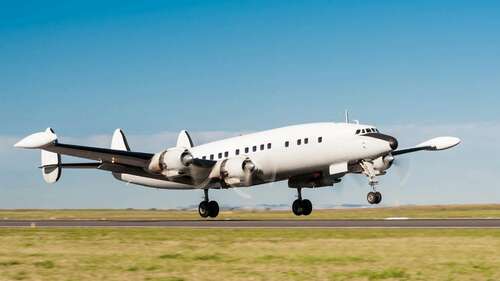
After World War II, the Constellation finally flew for its original operator, TWA, which used it for the lucrative transatlantic route. It wasn’t the first aircraft to fly this route, as flying boats used to do this years before. However, the construction of several long runways in Europe and the U.S. for the war effort made long-distance land-based aircraft flight more viable, thus allowing aircraft like the Connie to become more prevalent.
TWA, the airline that made the initial order for the Connies, started operating it in 1946 between New York and Paris. Soon after, Pan Am launched the round-the-world Pan Am Flight 001 with the L-049. Eventually, other airlines bought the aircraft, including Air France, KLM, Qantas, Lufthansa, and more.
But even though the Constellation was a great airliner, the advent of the jet-engine age meant it wouldn’t stay on top for long as a piston airliner. The Lockheed airliner was a propeller-driven aircraft powered by piston engines, which meant that it was slower, less efficient, and not as comfortable as the newer jet-powered planes coming into the market.

